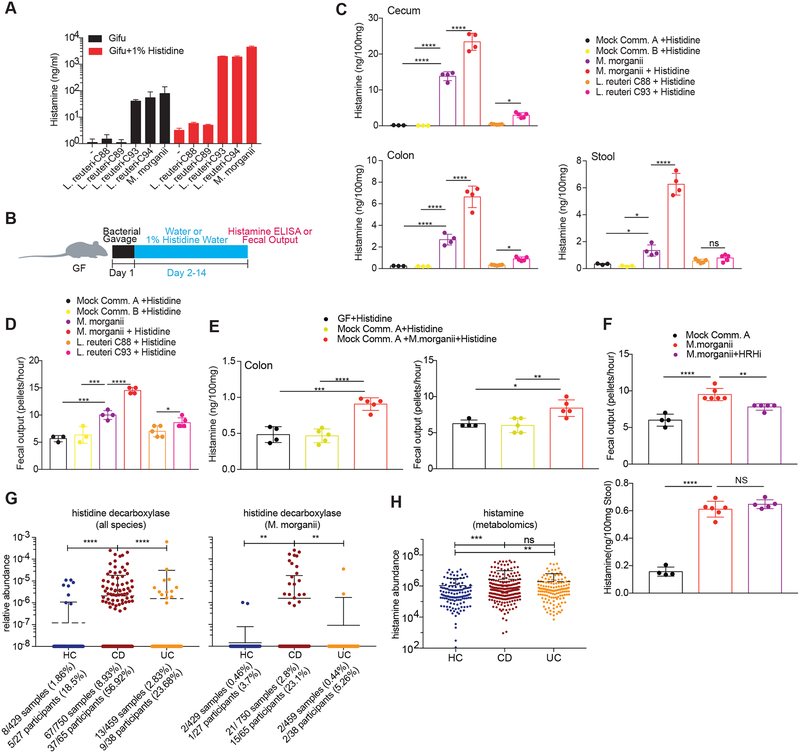Figure 4. Commensal-derived histamine promotes colon motility.
(A) Production of histamine by M. morganii and L. reuteri. L. reuteri and M. morganii strains were cultured in Gifu medium with or without supplemental L-His and histamine concentrations in the supernatants were measured by ELISA after 48 hours (background levels in controls containing supplemental histidine are due to slight cross-reactivity).
(B) Experimental design to test in vivo histamine production and the effects of histamine-producing bacteria on colon motility.
(C) M. morganii- and L. reuteri-derived histamine accumulates in vivo in monocolonized mice. Female germ-free C57Bl/6 mice were colonized with mock communities of 9 or 10 phylogenetically diverse human gut bacteria (Mock Community A or B) or monocolonized with M. morganii C135, L. reuteri C88 or C93. Mice were fed a conventional diet with or without administration of 1% L-His ad libitum in the drinking water. Histamine concentrations in cecal and colonic extracts and feces were measured via ELISA. n=3–5 mice per group.
(D) M. morganii C135- and L. reuteri C93-derived histamine enhances colon motility. Fecal output for mice treated as described in B was measured by counting the number of fecal pellets produced by a single mouse in one hour. n=3–5 mice per group.
(E) M. morganii increases colon motility in the context of a mock gut microbial community. Female germ-free C57Bl/6 mice were colonized Mock Community A with or without M. morganii C135 and administered 1% L-His ad libitum in the drinking water. Histamine concentrations in colonic extracts were measured via ELISA and fecal output was measured as in (D). n=4–5 mice per group.
(F) Histamine receptor inhibition partially reverses the impact of M. morganii on colon motility. Female germ-free C57Bl/6 mice were colonized with Mock Community A or monocolonized with M. morganii C135 for two weeks. Mice were then treated with or without a cocktail of four histamine receptor inhibitors (targeting HRH1–4) in the drinking water for one week. Histamine concentrations in feces were measured via ELISA and fecal output was measured as in (D). n=4–6 mice per group.
(G and H) Relative abundances of genes encoding histidine decarboxylases (from all bacteria or M. morganii) are increased in the microbiomes of patients with Crohn’s disease as compared to healthy controls (G). Relative abundance of histamine is increased in IBD patients as compared to healthy controls as measured by metabolomics (H). Data are from longitudinal stool samples from IBD patients publically available from the Human Microbiome Project 2 (iHMP). Total numbers of samples or subjects with detectable M. morganii are denoted below each plot; a subject was considered positive if M. morganii was detectable in one or more samples from that patient across the complete dataset.
Data in all panels are representative of at least two independent experiments. Data are presented as mean ± SEM. One-way ANOVA with Tukey’s post-hoc test (C-F) or Kruskall-Wallis with Dunn’s multiple comparisons (G-H), *p < 0.05, **p < 0.01, ***p < 0.001, ****p < 0.0001, NS not significant (p > 0.05).

